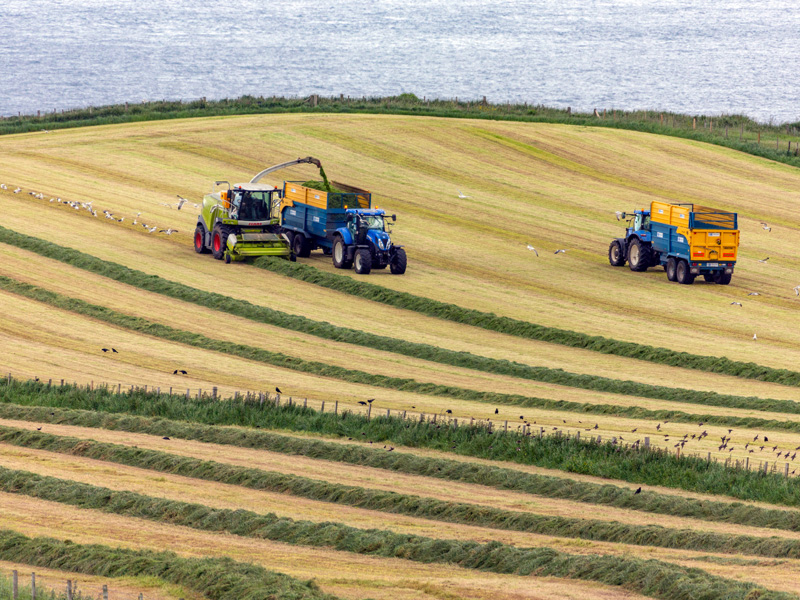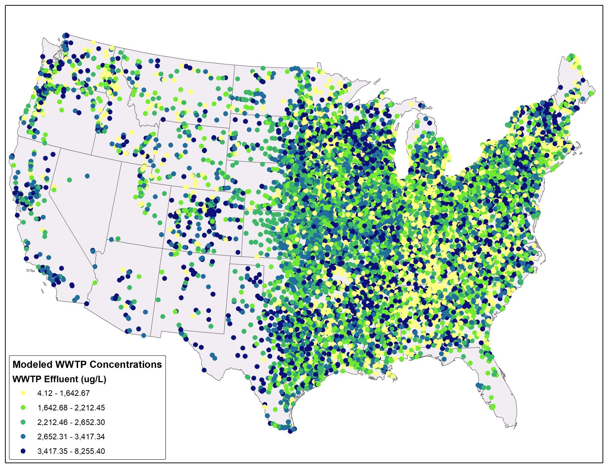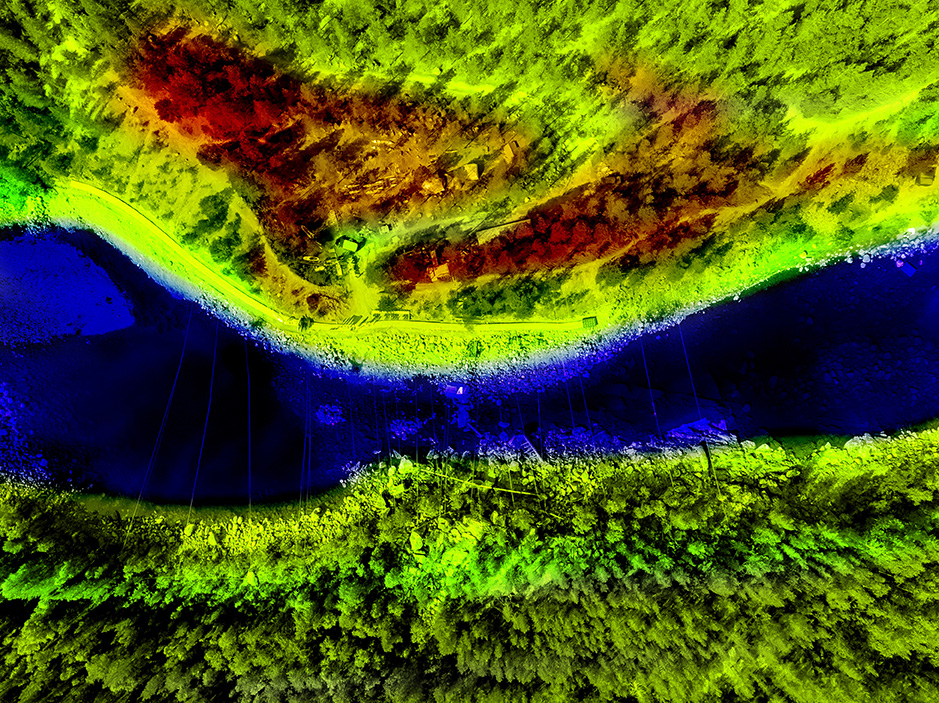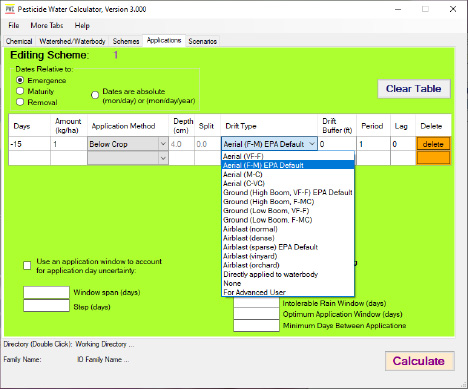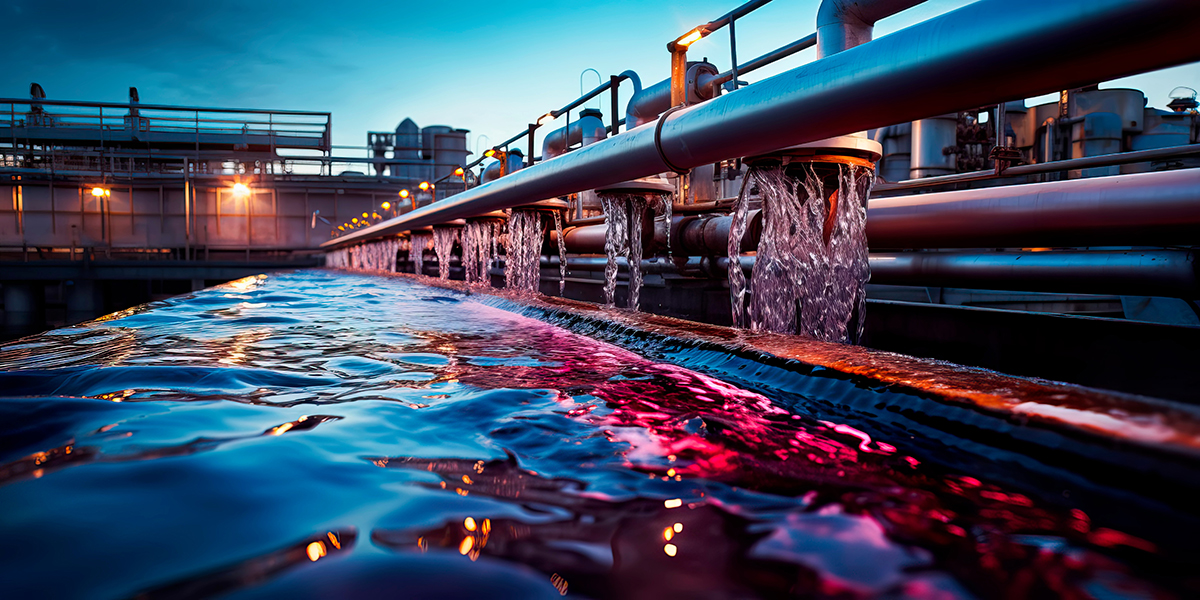Exposure Modeling
Our modeling experts conduct evaluations using various computer models to address the impacts of agricultural, veterinary medicines, personal care products, and specialty chemicals (e.g., anti-foulants) to offsite areas such as terrestrial and aquatic organisms, non-target crops, groundwater, and human health. With our unique ability to address atypical agronomic and environmental conditions, we can develop new models, adapt current models to better represent critical processes, and apply novel approaches to conventional models to fit our client’s needs.

Do you have questions about our Exposure Modeling work?
Contact Waterborne's Global Exposure Modeling lead, Amy Ritter, at rittera@waterborne-env.com.
Chamber Workforce Programs
Our Exposure Modeling Work
We pioneer approaches for modeling chemicals of interest and transformation products; runoff and erosion processes; water-sediment interaction; soil photolysis, runoff buffers; and rice, turf, and orchard agriculture. We developed novel approaches to estimating environmental exposure related to veterinary medicines and the transport in the environment. We also understand the processes and pathways of contaminants released via wastewater treatment plants, originating from human usage, whether home care, personal care, or pharmaceuticals.
Since the scale at which environmental transport and fate modeling occurs is often influenced by regulatory needs, scope of potential impacts , complexity, and/or data availability, our team has applied these exposure modeling skills from local (e.g., edge of field or effluent discharge points) to regional and national exposure screenings.
Our Expertise Areas/Services:
- Regulatory Modeling
- Spatial Distributed Modeling
- Chemical Kinetic Analysis
- Higher-Tiered Modeling
- Model Development


